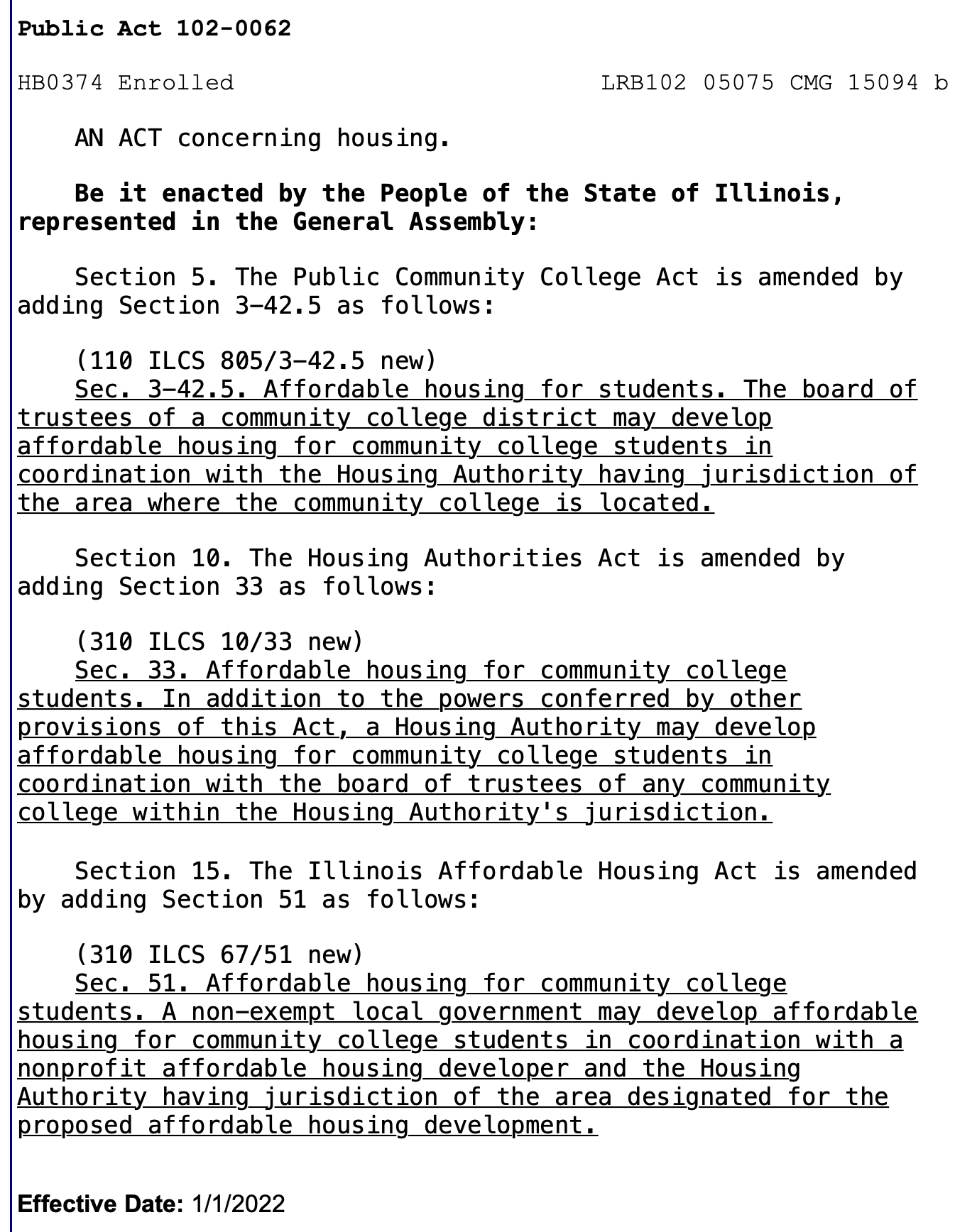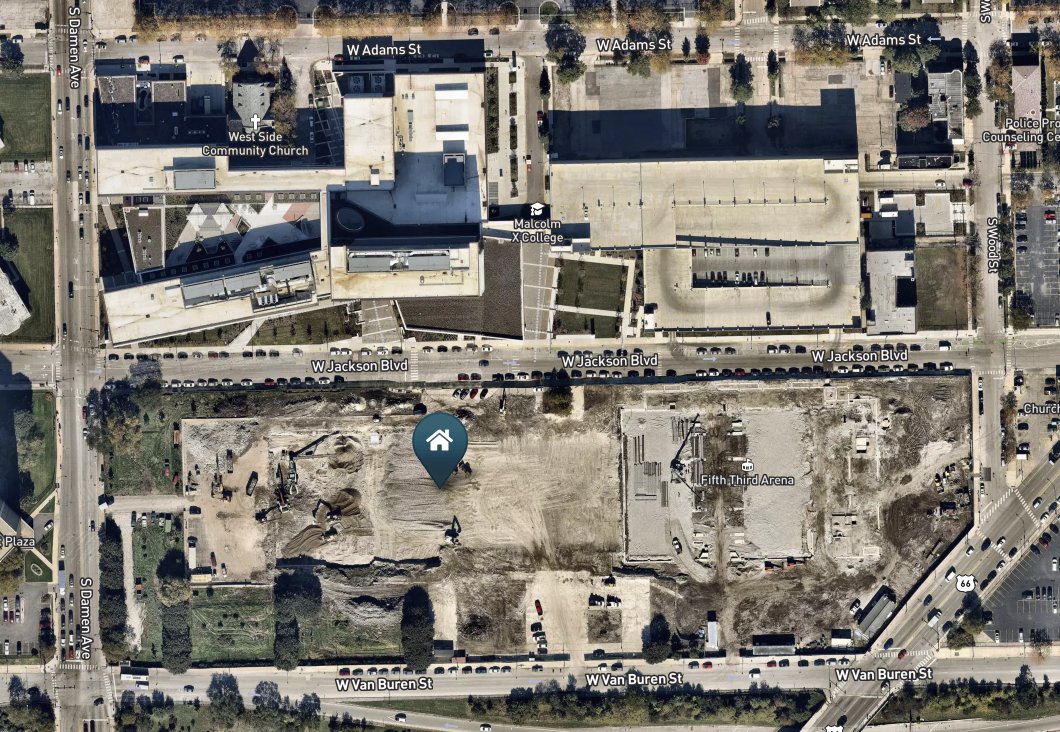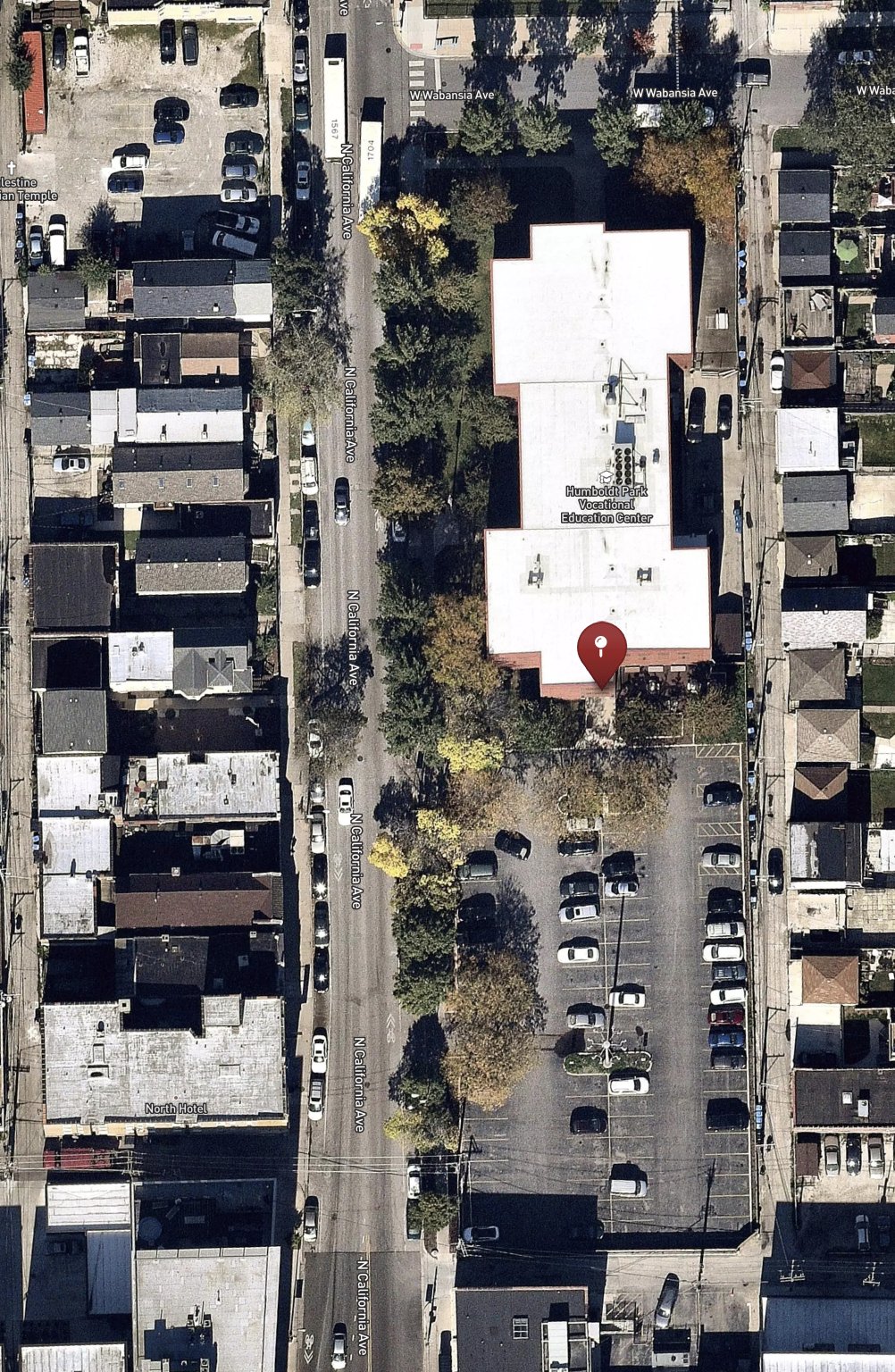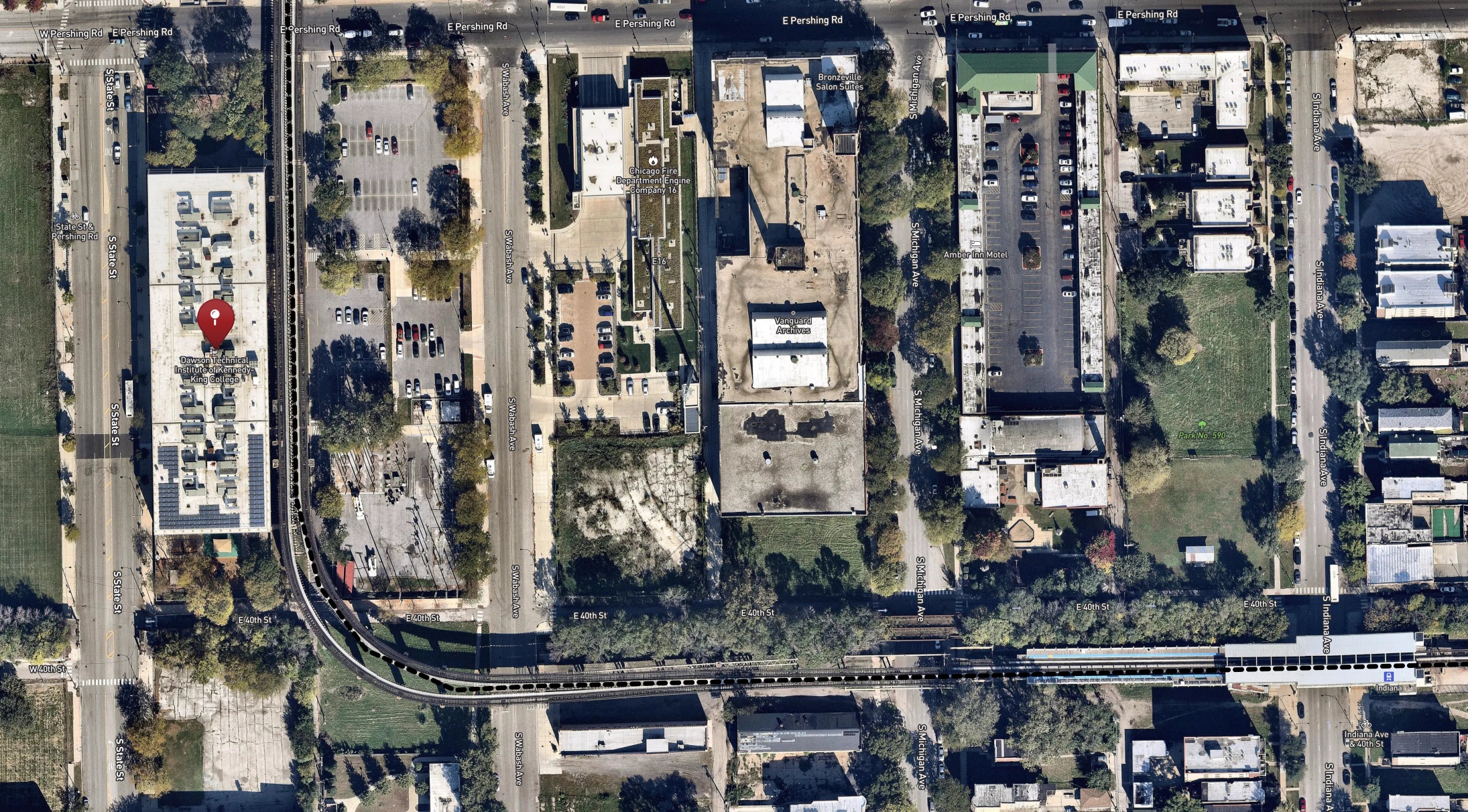If you live in northern Illinois, your electricity supply is among the most reliable in the country, and you have nuclear power to thank for that. Unlike many other regions that struggle with grid stability, our northern Illinois benefits from a network of five nuclear power plants that provide a steady, dependable base load of electricity. If we want to maintain this advantage—and meet the growing demand for electricity—we need to build more nuclear power plants. (Illinois has a sixth nuclear power plant, but the Clinton generating station is in a different “subgrid”.)
ComEd commissioned a study in 2022 which showed that as more households transition to electric heating and driving (two changes among many others predicted and necessary to reduce greenhouse gas emissions) our grid will need additional capacity. Heat pumps and electrified buildings are great for reducing our dependence on fossil fuels, but a steady, always-on power source – one that doesn’t disappear at sunset, and one that doesn’t emit any carbon – is necessary and expected. That’s where nuclear power comes in, which has been working for Illinoisans for the last 65 years.

The study, written by Energy and Environmental Economics, says, “as a result of electrification for buildings, industry, and transportation, statewide electricity demand grows by 89% and 127% in the Moderate Electrification and High Electrification scenarios, respectively.”
Currently, Illinois law bans new nuclear power plants of the types that already exist here. In a silly way, Illinois law allows nuclear power plants of a type that don’t actually exist. Thankfully, HB 3604 is a bill in the Illinois House that was passed by committee last week that would repeal the ban on existing nuclear power plant types, allowing new ones – including their updated versions – to be built.
SB 1527 is the equivalent in the Illinois Senate and while it didn’t get approved by a committee, its deadline was extended to April 4. Bill sponsor Illinois State Senator Sue Rezin coauthored this op-ed in Crain’s, writing, “In recent years, experts have warned that Illinois is on track to shift from a net exporter to a net importer of energy, making us dependent on neighboring states for our power demands. Meanwhile, states like Georgia, Tennessee, and Wyoming are advancing nuclear projects while Illinois remains stuck in the past.
PJM is the grid price manager for northern Illinois, including Chicago, and the PJM region reaches from here to Jersey Shore. This means that demand for electricity anywhere in the PJM region affects Chicago, and generation capacity and reliability in northern Illinois can affect prices in Newark.
Several times a year PJM holds an electricity pricing auction in which distributors – like ComEd – and other high-need consumers – like data center operators – indicate, by bidding, how much electricity they believe they’ll require over the next time period. Generation companies – like Exelon – use this pricing auction to determine which plants they’ll keep running to supply electricity at those prices (different plants and energy sources have different operating costs).
Nuclear power has an unmatched ability to generate massive amounts of electricity without greenhouse gas emissions. It’s a good complement to other carbon-free generation like wind and solar, ensuring that even on a still or cloudy day, their intermittency doesn’t affect keeping lights, heating, and the wifi, on.
Did you know that Illinois is the state with the third-highest amount of carbon-free electricity?
In fact, PJM rates nuclear power’s Effective Load Carrying Capability (ELCC) at 95 percent, the highest of all generation and storage types, even higher than batteries (which may not be charged when they’re needed, or could be depleted in the cold). Another way to understand ELCC is that the number is a prediction that a generation source will not have a “loss of load” event in any given hour. PJM expects that nuclear power plants will operate 8,322 hours each year and sun-tracking solar panel farms to provide electricity 1,226 hours each year.
Illinois, and whichever power markets it’s part of now (PJM) or in the future, needs more nuclear energy. Next year, rate payers – electricity consumers, you and me – can expect to pay higher rates per kWh because other buyers are coming into the market and willing to pay higher rates for the most reliable sources. Specifically, data center operators want access to nuclear power. One piece of good news is that the Palisades nuclear plant in Michigan will be restarting within a few years, and that source will bolster the supply in the MISO1 region, next door.
Last month, WSPY interviewed State Representative Harry Benton, a cosponsor of HB3604, reporting, “Benton says nuclear energy could help provide power to data centers across the state without a significant impact to other users on the power grid.”
Alan Medsker is a nuclear energy advocate I met the last time I went to Springfield to lobby (with a lowercase “L”) for housing abundance. He testified at the House committee this month to raise awareness about rising prices due to rising demand:
PJM and MISO face a crisis of surging load growth and a simultaneous retirement of many reliable sources of power. This confluence of events will soon cause large rate hikes on ratepayers across the state. Together, the General Assembly and Governor’s office have worked hard to attract new businesses to our state, especially data centers.
Data centers bring with them large 24/7 energy demands. For this reason, tech giants like Google, Microsoft, Amazon and Meta are considering all nuclear reactor design options to meet their energy requirements, and they are going to make sure they can get the power they need, when planning to build. Several of them are already partnering with nuclear reactor developers. If we restrict their options, they will almost certainly look elsewhere – there are plenty of other states that welcome nuclear energy developers, and some are even providing incentives.
Nuclear power plants’ high electricity generation capacity supports a reliable grid of delivery to the home and some price stability that prevents the kind of energy price spikes seen in areas that rely too much on oil and natural gas. In the 2024 “capacity obligation” auction for energy delivery in 2025-2026, PJM announced “capacity prices for the 2025/26 delivery year soared to $269.92/MW-day, up from $28.92/MW-day in the last auction”. Nuclear power accounted for only 21 percent of energy capacity provided by generators in that auction while gas accounted for 48 percent.
“The spike in capacity prices was driven by power plant retirements, increased load, and new market rules that aim to better reflect risks from extreme weather — coupled with new resource accreditation metrics that are designed to reflect how much capacity a resource delivers during system stresses.”, Utility Dive reported. The nine times increase may not be fully reflected on consumers’ bills.
The alternative of having more power from non-nuclear sources is a future where electricity providers struggle to meet demand and return to using more fossil fuels. The U.S. Energy Information Administration predicts coal-burning will still occur in 2050!
That’s not a future we should accept. Solar and wind are being installed faster these days, providing more of the energy mix, but they and the requisite new transmission and storage infrastructure are decades away – at least – from potentially taking over the responsibilities that nuclear and gas have been taking care of since the 1960s.
Illinois has the workforce, expertise, and supply chain to expand nuclear power and accommodate rising demand and temper rising prices. We should take advantage of it by re-legalizing nuclear power plants in the state.
- MISO is the Midcontinent Independent System Operator, another regional grid price manager like PJM. ↩︎










